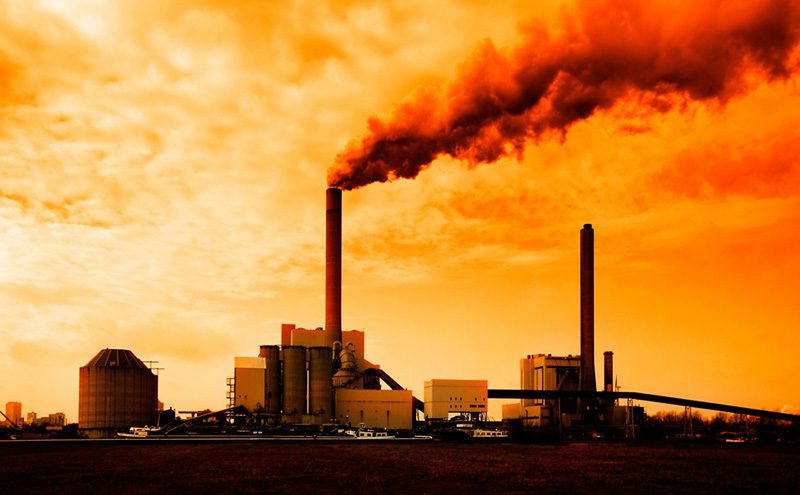
A report released by the IPCC on 8 October has attempted to identify the likely impacts of climate change, and offers a detailed overview of the predicted effects of both 1.5C and 2C temperature-rise scenarios. Commentators from the worlds of engineering and sustainability were swift to offer reflections on the report, and the measures that might prevent catastrophe.
The Global Warming of 1.5C report revealed stark differences between the two outcomes: Indeed the magnitude of the disparity appears to have surprised scientists. Speaking to The Guardian, Debra Roberts, co-chair of the IPCC’s working group on impacts, said: “We can see there is a difference and it’s substantial.”
Limiting temperature rises to 1.5C will see corals decline by around 80 percent (as opposed to 99 percent in a 2C scenario), an ice-free Arctic summer every century (as opposed to every 10 years with 2C), 10cm less of sea rises compared to 2C (preventing the loss of around 10 million homes), and around 50% less of the world’s population will be exposed to water stress than in the 2C scenario.
But there is no time to lose, if these more apocalyptic outcomes are to be avoided – on the existing trajectory, the report says 1.5C will be reached within 20 years (and 3C will be reached by the end of the century).
Many commentators were eager to cling to the optimism apparent by the report’s conclusion that it is not too late to act. However, the measures it sets out, if we hope to stop climate change from progressing much further, are undeniably ambitious, and will require unprecedented action. The report mentions a need for renewables to increase their share of the energy mix to 70 to 85 percent by 2050, for example.
Commenting on the report, the Institution of Mechanical Engineers’ head of engineering Dr Jenifer Baxter said “we now require the leadership to make tough decisions on regulations for energy efficiency and emissions that may not be politically popular.”
She continued: “The IPCC’s target to generate 70-80% electricity from renewables is ambitious, but we have to look at the broader picture and focus on reducing the carbon intensity of the whole electricity system. Currently renewables are backed up by gas when they are not generating and in the UK, gas is backed up by coal. Carbon capture and storage may help to some extent, but this infrastructure runs the risk of locking us into a fossil fuel-based system.”
“We are not yet in the position to create enough long-term storage from environmentally friendly sources to fill the supply gap when renewables are not generating. We have very limited options for more hydro power in the UK, batteries do not yet provide the type of storage needed and other options like liquid air and hydrogen storage are still early in their development stages.”
“Another option to reduce the carbon intensity of the electricity system is to take a more certain approach to nuclear power by planning a long-term rolling programme of development that grows the supply chain and required skills, as well as reducing the overall costs of building new power stations.”
“Going beyond the electricity system, we should explore the relationship between nuclear and producing hydrogen through electrolysis to provide decarbonised fuel for heat, transport and industry.”
Friends of the Earth expressed wariness about techniques like carbon capture, and said “many of the 1.5 pathways analyzed by the IPCC contain dangerous assumptions about risky, unproven technologies that claim to suck carbon out of the atmosphere,” as the organisation’s chair Karin Nansen put it. She continued: “One dangerous method, BioEnergy with Carbon Capture and Storage (BECCS), would require growing crops on vast amounts of land, burning them for fuel and then storing the carbon. This will create additional problems and crises, especially for the poorest peoples in the world.
She said the use of these approaches was “not inevitable”, and that “the IPCC reviews some pathways that can keep temperature rise below 1.5 degrees without relying on untested false solutions.”
The IPCC report makes it clear that limiting global warming to 1.5C is a challenge requiring a far-reaching re-organisation in sectors as diverse as energy, land, urban, and industrial systems.







